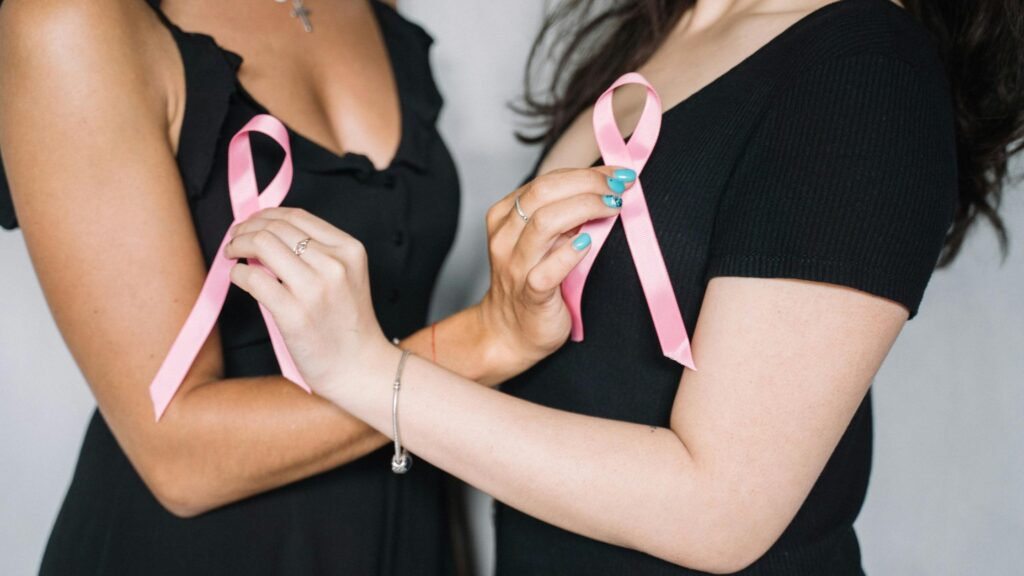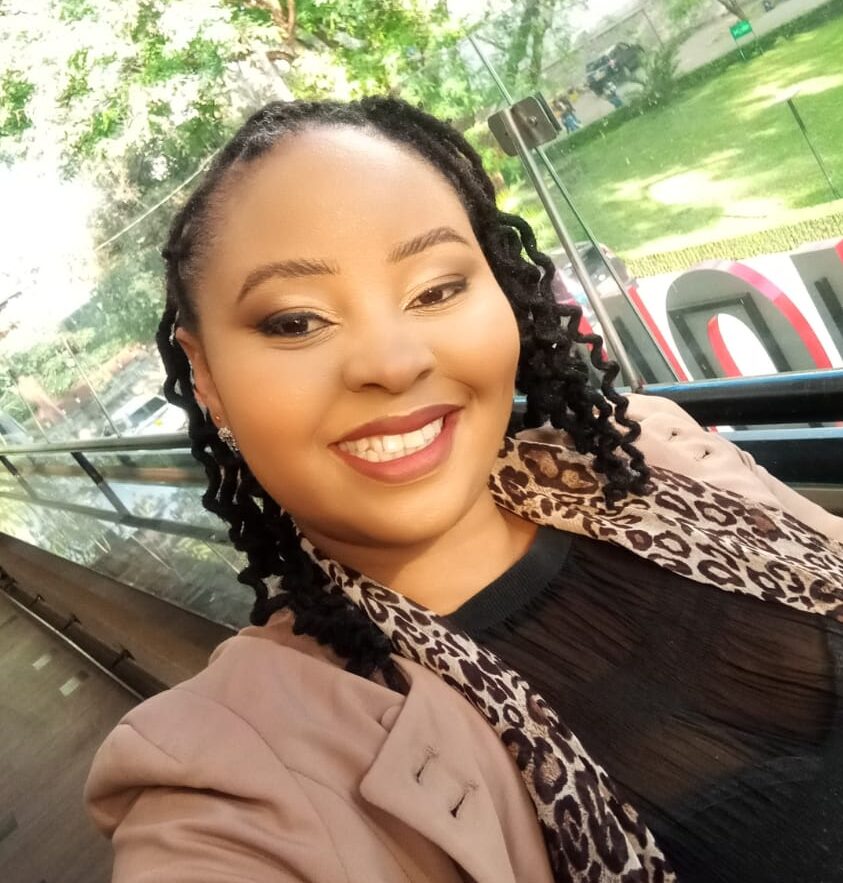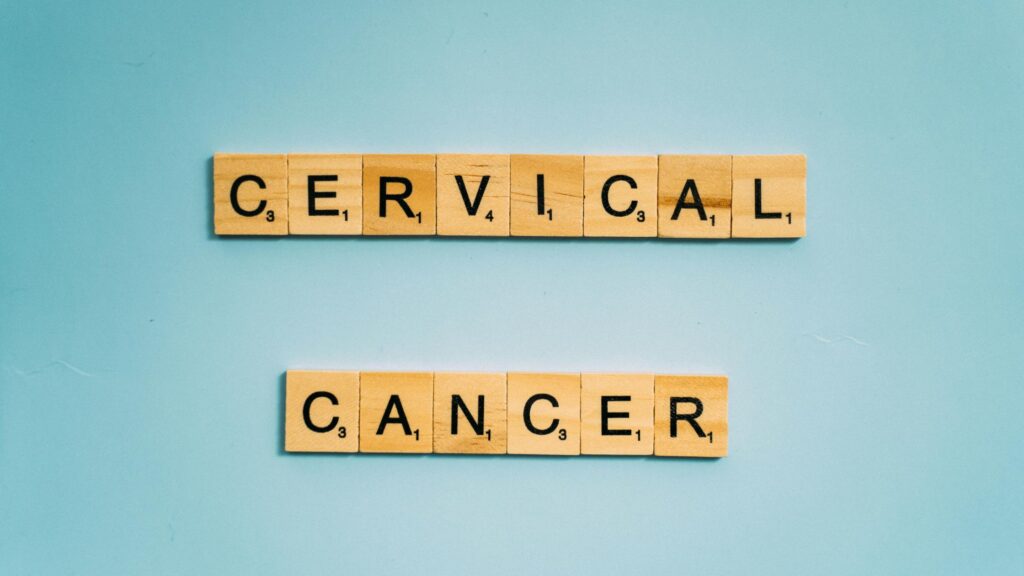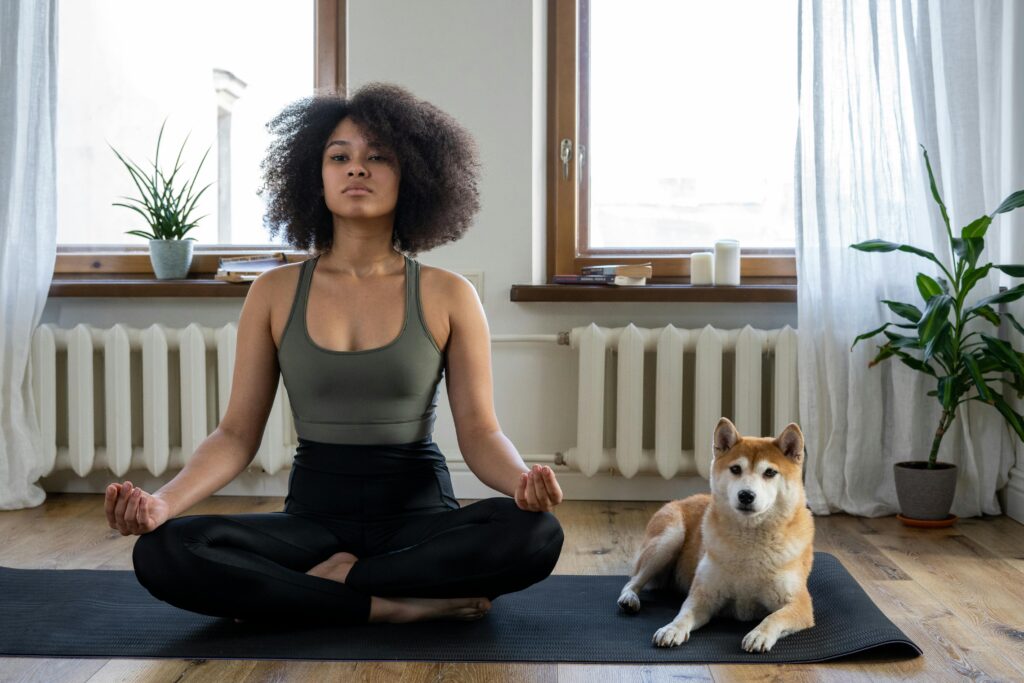
It being Breast Cancer Awareness Month, we have to remind you: early detection can save lives. Breast cancer remains one of the most common cancers among women worldwide. However, when it is discovered early, it is highly treatable.
Every woman should take charge of their health. And it begins with a simple breast self-exam. When I turned 16, my mother taught me how to check for irregularities in my breasts. This is a tradition that should be passed down from mother to daughter, woman to woman.
While breast self-examinations should never replace professional screening methods like mammograms, self-exams help you become familiar with how your breasts normally look and feel. Therefore, you can notice any changes early on.
Why Breast Self-Exams Matter.
Your breasts are unique. Knowing their normal size, shape, and texture helps you detect even the slightest changes. A breast self-exam helps you increase body awareness, encourage proactive healthy habits, and detect early signs of breast cancer.
It is also important to remember that not every lump means cancer. Many are non-cancerous. However, every new or unusual change should be checked by a doctor.
When To Perform a Breast Self-Exam.
When my mother taught me, she said that it was best to have a breast self-exam early in the morning, right after taking a shower and before applying lotion. With more research, I discovered that timing matters.
Hormonal changes during your menstrual cycle can cause temporary lumpiness and tenderness. If you do your breast self-exam at that time, you’ll panic and give yourself a stroke! Relax. If you menstruate, the best time for a self-exam is 3 to 5 days after your period ends. At this time, your breasts are least swollen and tender.
If you are post-menopausal, you can pick a consistent day each month to self-exam. Say every 15th day, you check on your breasts. If you are pregnant or breastfeeding, you can still do self-exams. Choose a day each month and note any changes in both breasts. You can set a reminder on your phone or calendar so it becomes a regular part of your self-care routine.
How To Perform a Breast Self-Exam.
Step 1: Look At Your Breast in the Mirror.
Stand in front of a mirror with your shoulders straight and arms on your hips.
Check for:
- Changes in breast size, shape or symmetry.
- Dimpling, puckering or bulging of the skin.
- Changes in the nipple, such as turning inwards, redness or scaling.
- Visible swelling or distortion.
- Unusual skin texture (orange-peel appearance).
Next, raise your arms above your head and look for the same changes. Finally, press your palms together in front of your chest. This helps highlight any dimpling or irregularities in the contour of your breast.
Step 2: Check For Fluid or Discharge.
While facing the mirror, gently squeeze each nipple. Look for:
Clear, milky, yellowish or bloody fluid. If you notice any discharge, especially without squeezing, contact your healthcare provider for evaluation.
Step 3: Feel Your Breasts While Lying Down.
This position spreads the breast tissues evenly, making it easier to feel any change.
- Lie flat on your back and place a small pillow or folded towel under your right shoulder.
- Use your left hand to examine your right breast.
- Use the pads of your three middle fingers (not the fingertips) and move them in small circular motions about the size of a coin.
- Apply three levels of pressure. Medium pressure for tissue in the middle. Firm pressure to feel deep tissue near the chest wall.
- Move your fingers in one of these patterns (pick whichever is easiest for you) Circular pattern: Start from the nipple and move outward in larger circles until you reach the outer edge of the breast. Vertical pattern: Move your fingers up and down in straight lines, covering the entire breast from the collarbone to below the bra line and from the armpit to the cleavage. Wedge pattern: Start from the outer edge of the breast and move toward the nipple, returning outward each time.
Repeat the same process for your left breast, using your right hand.
Step 4: Feel Your Breasts While Standing or Sitting.
Many women find it easiest to do this step in the shower because wet, slippery skin allows the fingers to move more smoothly. It looks like my mom was on to something.
- Raise one arm behind your head.
- Use the opposite hand to feel your breast in circular motions, covering the entire area, including the armpit.
- Again, use light, medium, and firm pressure.
So, what are you looking for?
Here is what to look for during your self-exam:
- A lump or thickened area that feels different from surrounding tissues.
- Swelling of part or all of the breast, even if no lump is felt.
- Skin dimpling or puckering.
- Redness, warmth or darkening of the skin.
- Changes in nipple direction or inversion.
- Scaly or itchy skin around the nipple or breast.
- Pain in one spot that doesn’t go away.
- Unusual discharge from the nipple.
If you notice any other the above, consult with a health provider and book a screening. While self-exams are valuable, they do not replace clinical breast exams and mammograms. That aside, breast self-exam is a form of empowerment. It is taking ownership of your well-being and listening to your body’s signals. So, beyond October, set aside 5 minutes each month to care for yourself, your health and your life. ❤️

Mourine Warui is a media and communication expert and seasoned writer. Her goal is to empower and offer solutions to everyday girl’s problems while provoking candid and authentic conversations. Other goals are to provide inspiration and entertainment to readers through creative, thought-provoking and edgy stories.


